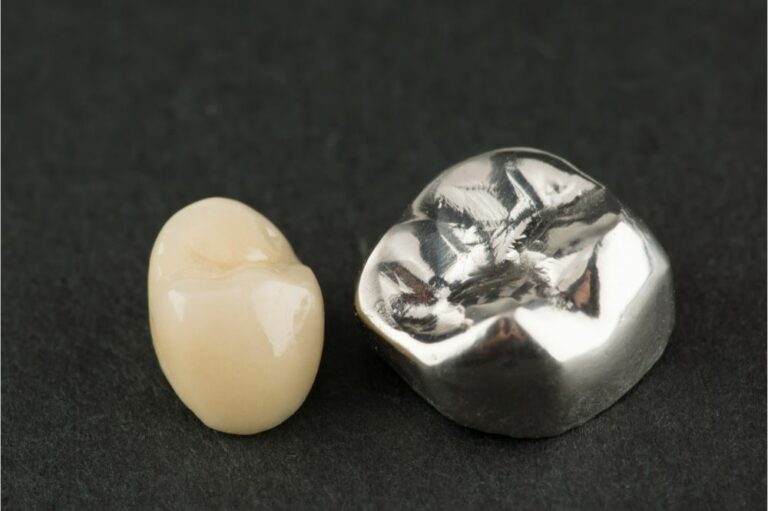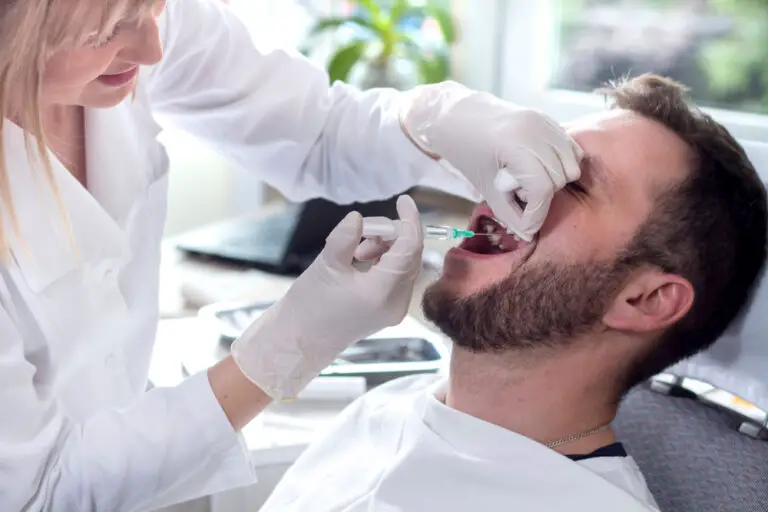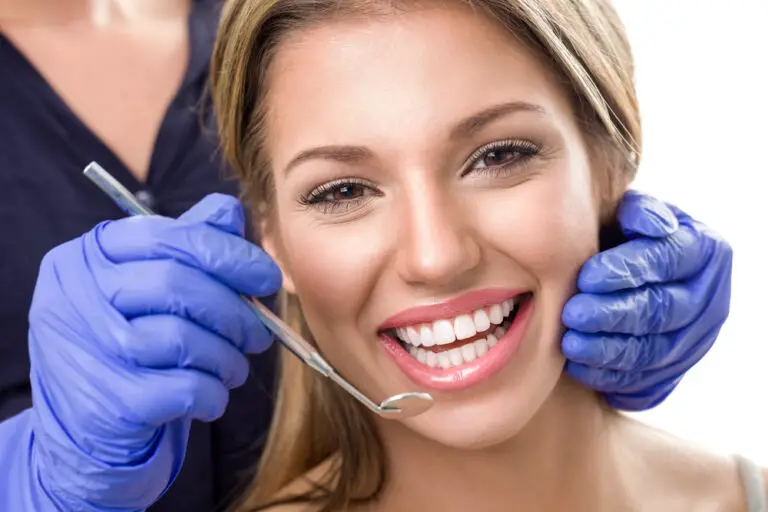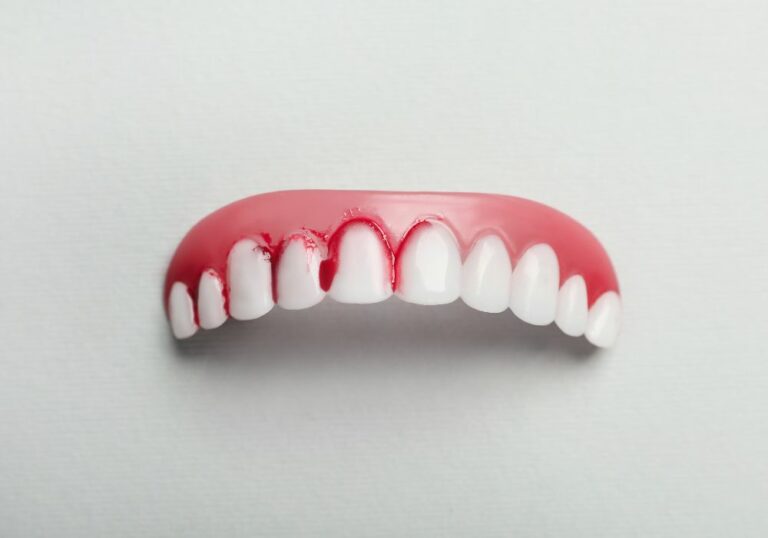Can retainers realign teeth? This is a common question that many people have when considering orthodontic treatment. Retainers are often used to keep teeth in place after braces or other orthodontic devices have been used to straighten teeth. While retainers can help make minor adjustments to the position of teeth and bite, they are not typically used to realign teeth that have shifted significantly.
Key Takeaways
- Retainers are custom-made dental devices used to hold teeth in their correct position after orthodontic treatment.
- While retainers can help make minor adjustments to the position of teeth and bite, they are not typically used to realign teeth that have shifted significantly.
- Proper care of retainers is important to ensure they remain effective.
Understanding Retainers
Retainers are custom-made devices that are used to help keep your teeth in their new, correct position after braces. They are typically made of plastic or wire and are designed to fit snugly over your teeth. There are different types of retainers available, including removable and bonded retainers.
Removable retainers are the most common type of retainer. They are made of plastic and are designed to fit over your teeth. They can be easily removed for eating, brushing, and flossing. Removable retainers are typically worn for a certain amount of time each day, depending on your orthodontist’s instructions.
Bonded retainers, on the other hand, are permanently attached to the back of your teeth. They are made of a thin wire that is bonded to your teeth with a composite material. Bonded retainers are typically used for lower front teeth and are worn for an extended period of time.
Retainers work by applying pressure to your teeth, which helps to keep them in their new position. They are essential for maintaining the results of your orthodontic treatment. Without a retainer, your teeth may shift back to their original position, undoing all of the hard work that you and your orthodontist put in.
It’s important to follow your orthodontist’s instructions when it comes to wearing and caring for your retainer. Make sure to clean your retainer regularly and avoid exposing it to high temperatures or harsh chemicals. If your retainer becomes damaged or no longer fits properly, be sure to contact your orthodontist for a replacement.
Types of Retainers
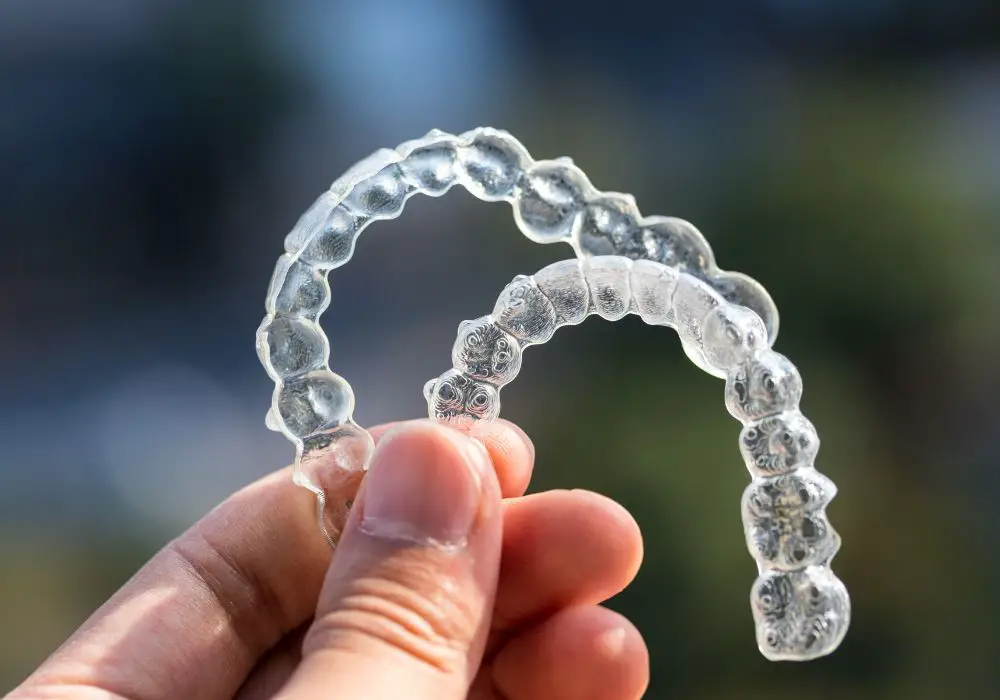
Retainers can be categorized into two main types: removable and permanent. Here is a brief overview of each type:
Removable Retainers
Removable retainers are usually made of acrylic or clear plastic and are designed to fit over the teeth. They are easy to clean and can be removed for eating, brushing, and flossing. There are three main types of removable retainers:
- Hawley Retainers: These are the most common type of removable retainer. They are made of acrylic and wire and are custom-made to fit your teeth. They can be adjusted to help realign your teeth if necessary.
- Essix Retainers: These are clear plastic retainers that are custom-made to fit over your teeth. They are virtually invisible and easy to clean.
- Bonded Retainers: These are permanent retainers that are attached to the back of your teeth with dental cement. They are usually used for the lower front teeth and can stay in place for several years.
Permanent Retainers
Permanent retainers, also known as fixed or bonded retainers, are attached to the back of your teeth with dental cement. They are usually used for the lower front teeth and can stay in place for several years. There are two main types of permanent retainers:
- Lingual Retainers: These are attached to the back of your teeth and are virtually invisible. They can be used for both upper and lower teeth.
- Labial Retainers: These are attached to the front of your teeth and are visible. They are usually used for the lower front teeth.
Overall, the type of retainer that is best for you will depend on your individual needs and preferences. Your orthodontist can help you choose the right type of retainer to keep your teeth in their correct alignment.
How Retainers Work
Mechanism of Action
Retainers are custom-made devices that are designed to help teeth stay in their corrected position after wearing braces. They work by applying a gentle, constant force to the teeth, which helps keep them in place. Retainers are typically made of plastic or wire and are worn over the teeth.
There are different types of retainers available, such as removable and fixed retainers. Removable retainers can be taken out of the mouth for cleaning or eating, while fixed retainers are permanently attached to the teeth.
Duration of Use
The duration of retainer use varies depending on the individual case. In most cases, retainers need to be worn continuously for six months or more following the removal of any orthodontic appliances. After this period, retainers may need to be worn at night or for a few hours during the day to maintain the position of the teeth.
It is important to follow the instructions provided by the orthodontist regarding the use of retainers. Failure to wear retainers as directed can result in teeth shifting back to their original position.
In summary, retainers work by applying a gentle, constant force to the teeth to keep them in their corrected position. The duration of retainer use varies depending on the individual case and it is important to follow the instructions provided by the orthodontist to ensure the best results.
Can Retainers Realign Teeth?
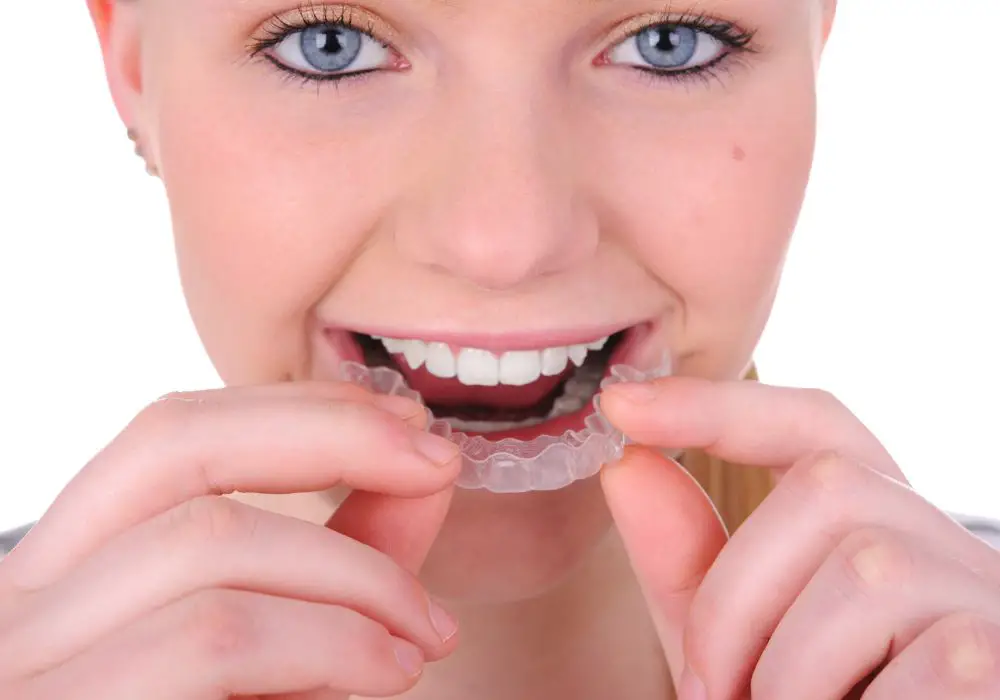
Retainers are dental devices that are used to keep your teeth in place after orthodontic treatment. They are custom-made for each individual and can be either permanent or removable. But can retainers realign teeth? The answer is yes, in some cases.
Possible Scenarios
Retainers can help realign teeth in several scenarios:
- Minor tooth movement: If your teeth have shifted slightly out of place, retainers can help move them back into their correct position.
- After braces: Retainers are commonly used after braces to maintain the new position of the teeth.
- After surgery: Retainers can also be used after orthognathic surgery to help the teeth settle into their new position.
Limitations
While retainers can be effective in realigning teeth, they do have their limitations. For example:
- Severe tooth movement: If your teeth have moved significantly out of place, retainers may not be able to realign them.
- Poor fit: If your retainer doesn’t fit properly, it may not be effective in realigning your teeth.
Risks
Retainers are generally safe to use, but there are some risks to be aware of:
- Discomfort: It is common to experience some discomfort when wearing a retainer, especially at first.
- Damage to the retainer: Retainers can be damaged if they are not cared for properly. This can make them less effective in realigning your teeth.
- Oral hygiene: If you do not maintain good oral hygiene habits while wearing a retainer, you may be at risk for tooth decay and gum disease.
In conclusion, retainers can be effective in realigning teeth in certain scenarios, but they do have their limitations and risks. It is important to consult with your dental professional to determine if retainers are the right option for you.
Alternatives for Teeth Realignment
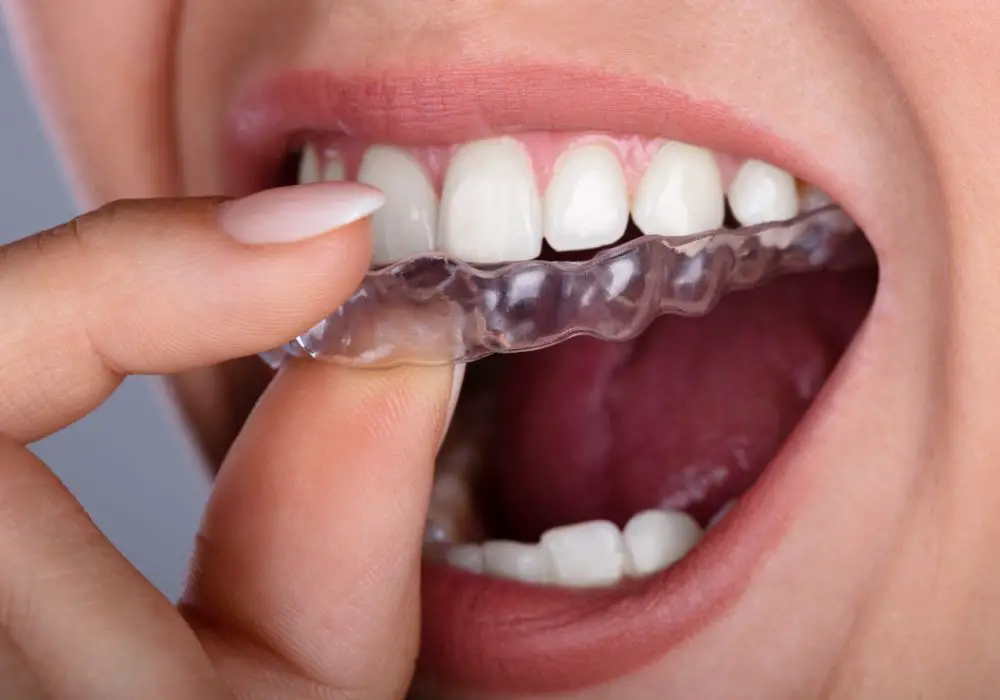
While retainers can help make minor adjustments to the position of your teeth, they are not a solution for major teeth realignment. Fortunately, there are various malocclusion treatments and crooked teeth fixes that can realign teeth into a healthier position.
Here are some alternatives to braces for teeth realignment:
- Clear aligners: Clear aligners are a popular alternative to braces. They are virtually invisible and can be removed for eating and cleaning, making them a convenient option for many people. Clear aligners work by applying gentle pressure to your teeth, gradually moving them into the desired position.
- Palatal expander: A palatal expander is a device that is used to widen the upper jaw. By widening the jaw, more room is created for the teeth, allowing them to move into the correct position.
- Jaw surgery: In some cases, jaw surgery may be necessary to realign the teeth. This is typically only recommended for severe cases of malocclusion.
- Porcelain veneers: Porcelain veneers are a purely cosmetic option for teeth realignment. They involve placing a thin layer of porcelain over the front of the teeth to improve their appearance. While veneers can’t actually realign the teeth, they can make them appear straighter.
It’s important to note that not all of these options may be suitable for everyone. It’s best to consult with a dentist or orthodontist to determine the best course of action for your specific case.
Proper Retainer Care
Taking good care of your retainer is crucial to ensure that it lasts long and does its job properly. Here are some basic rules of thumb for protecting your retainer:
- Clean your retainer daily: Just like your teeth, your retainer needs to be cleaned daily to prevent the buildup of bacteria and plaque. Use a soft-bristled toothbrush and mild soap or dishwashing liquid to clean your retainer. Avoid using hot water as it can warp the plastic.
- Never wear your retainer while eating or drinking: Eating or drinking with your retainer on can cause damage to the device and increase the risk of bacterial growth. Always remove your retainer before eating or drinking anything.
- Store your retainer properly when not in use: When you are not wearing your retainer, store it in a clean, dry case to protect it from damage and prevent it from getting lost or misplaced.
- Avoid exposing your retainer to extreme temperatures: High temperatures can cause your retainer to warp or melt, while low temperatures can make it brittle and prone to cracking. Keep your retainer away from sources of heat or cold, such as hot water, direct sunlight, or the freezer.
- Regularly check your retainer for signs of wear and tear: Inspect your retainer regularly for any signs of damage, such as cracks, chips, or discoloration. If you notice any issues, contact your orthodontist immediately to get it fixed or replaced.
By following these simple tips, you can ensure that your retainer stays clean, functional, and effective in keeping your teeth in their corrected position.
Consulting a Dental Professional

If you are considering using a retainer to realign your teeth, it is important to consult with a dental professional first. They will be able to evaluate your specific situation and determine if a retainer is the right option for you.
During your consultation, your dentist or orthodontist may take x-rays of your teeth and examine your bite to determine the severity of misalignment. They may also recommend other treatment options, such as traditional braces or clear aligners, if they believe they would be more effective.
If a retainer is recommended, your dental professional will provide you with detailed instructions on how to use it properly. They may also recommend regular check-ups to ensure the retainer is fitting properly and effectively realigning your teeth.
It is important to follow your dental professional’s instructions carefully and attend all scheduled appointments to ensure the best possible outcome for your teeth.
Frequently Asked Questions
Can retainers move teeth back after 6 months?
Retainers are not designed to move teeth back after 6 months. They are meant to hold teeth in their corrected position after wearing braces or other orthodontic devices. If you have concerns about your teeth moving back, it is best to consult with an orthodontist.
Can retainers move teeth back without braces?
Retainers are not typically used to move teeth back without braces. They are designed to hold teeth in their corrected position after orthodontic treatment. If you are interested in straightening your teeth, it is best to consult with an orthodontist to determine the best treatment plan for your specific needs.
How long does it take a retainer to move teeth back?
Retainers are not designed to move teeth back. They are meant to hold teeth in their corrected position. If you have concerns about your teeth moving, it is best to consult with an orthodontist to determine the best course of action.
Can retainers close gaps?
Retainers are not typically used to close gaps between teeth. They are designed to hold teeth in their corrected position after orthodontic treatment. If you are interested in closing gaps between your teeth, it is best to consult with an orthodontist to determine the best treatment plan for your specific needs.
Can retainers fix overbite?
Retainers are not typically used to fix overbite. They are designed to hold teeth in their corrected position after orthodontic treatment. If you are interested in correcting an overbite, it is best to consult with an orthodontist to determine the best treatment plan for your specific needs.
Can Invisalign retainers move teeth back?
Invisalign retainers are designed to move teeth gradually over time. They are custom-made to fit your teeth and apply gentle pressure to move them into the desired position. If you are interested in using Invisalign to straighten your teeth, it is best to consult with an orthodontist to determine if it is the right treatment option for you.

